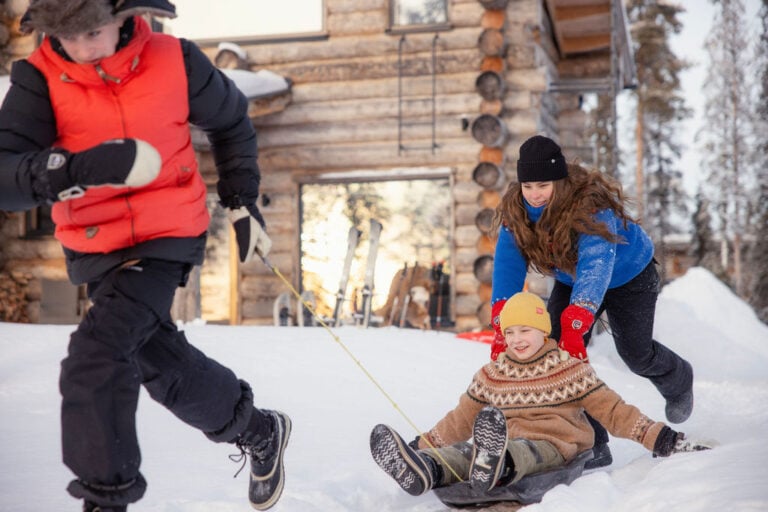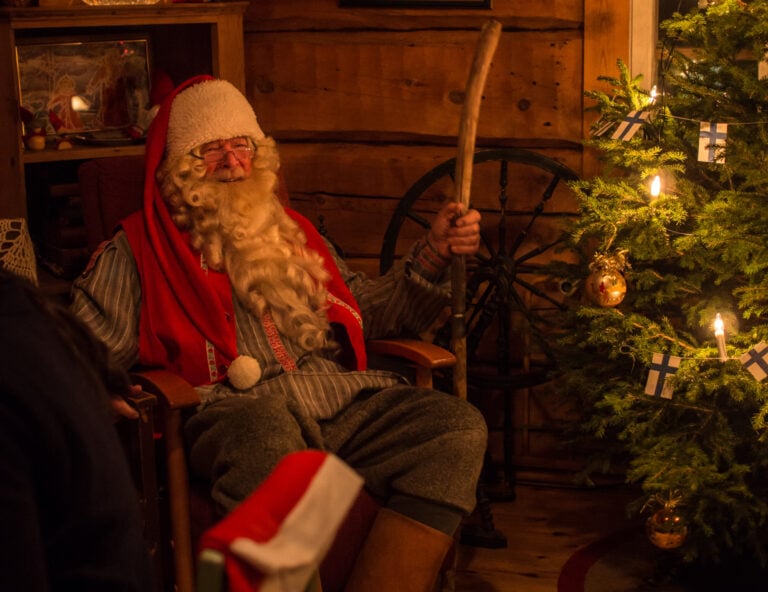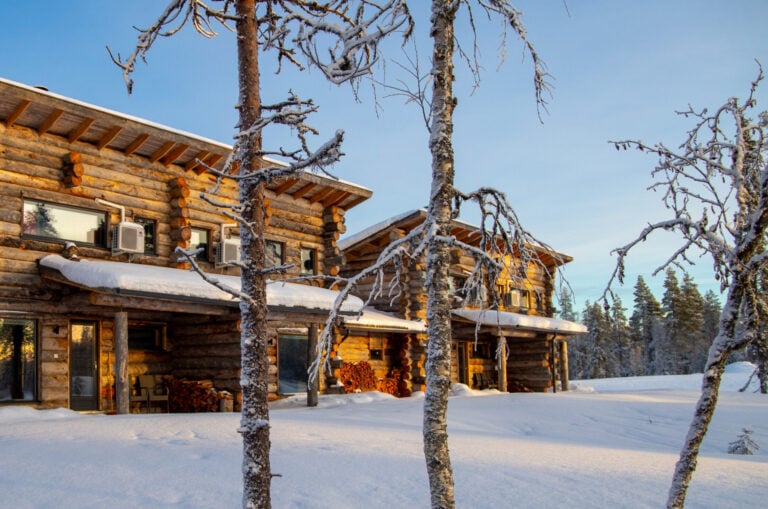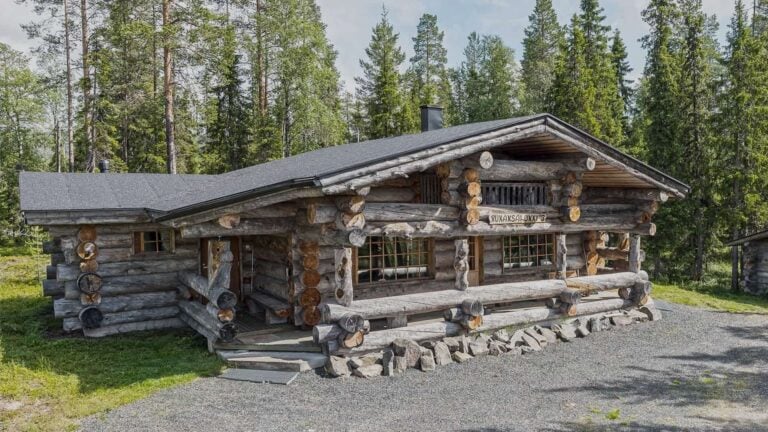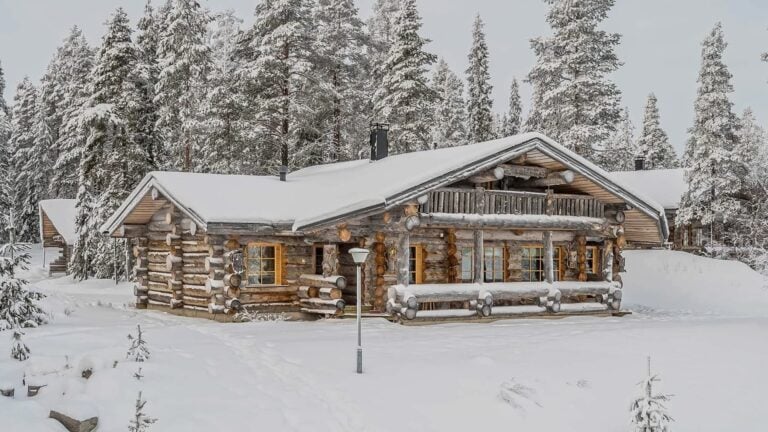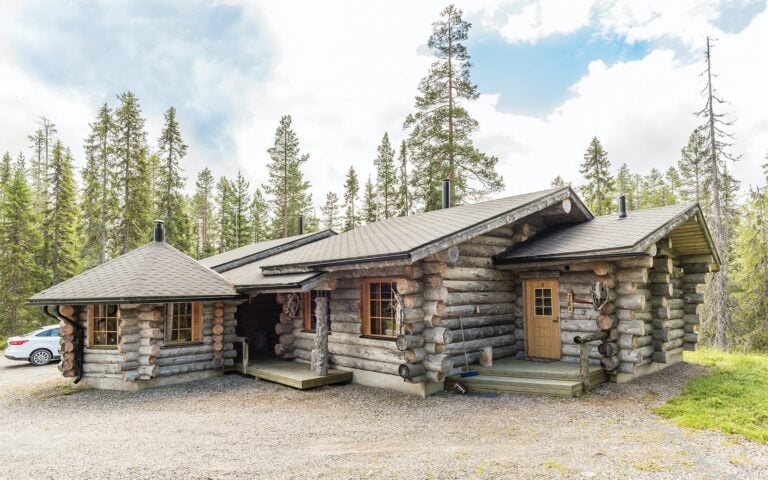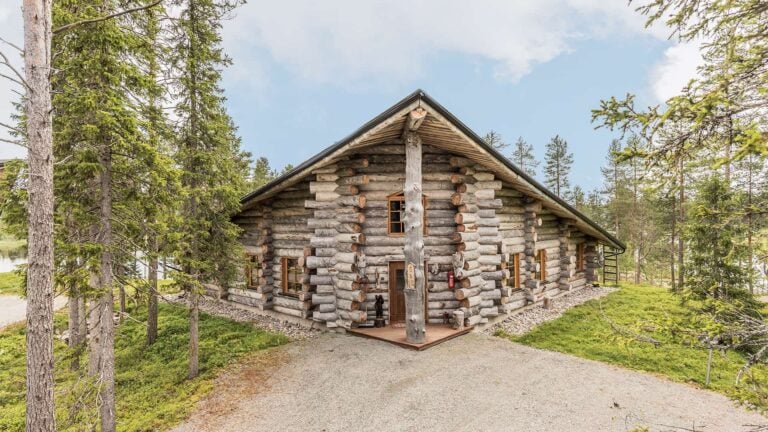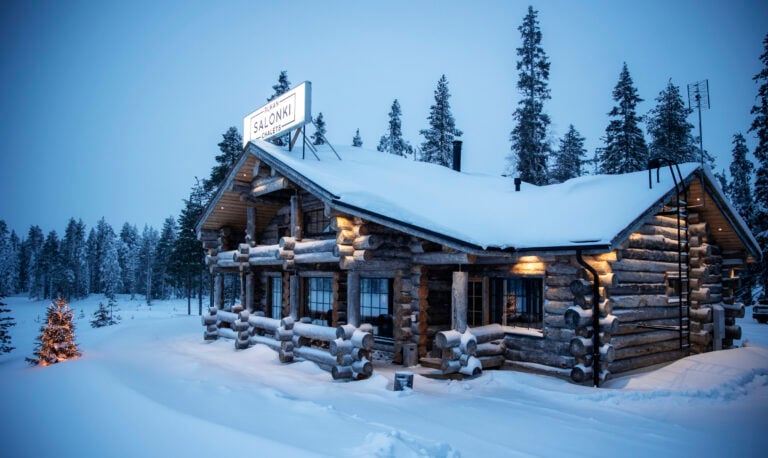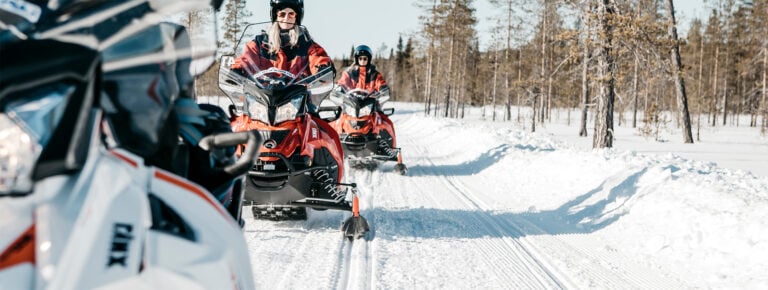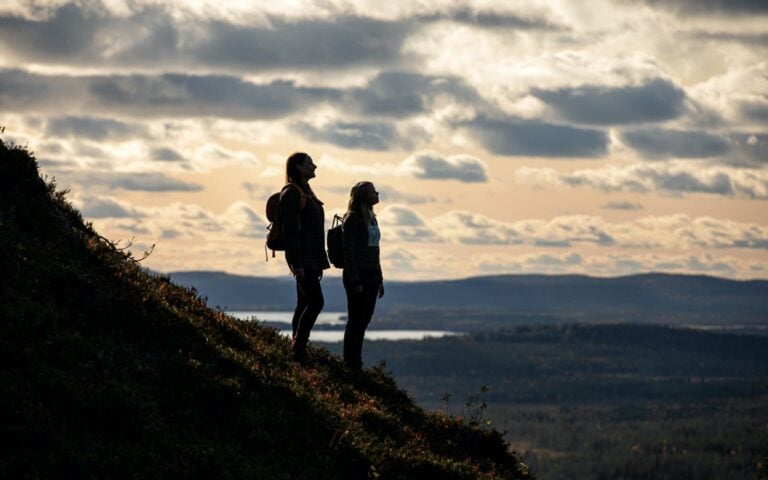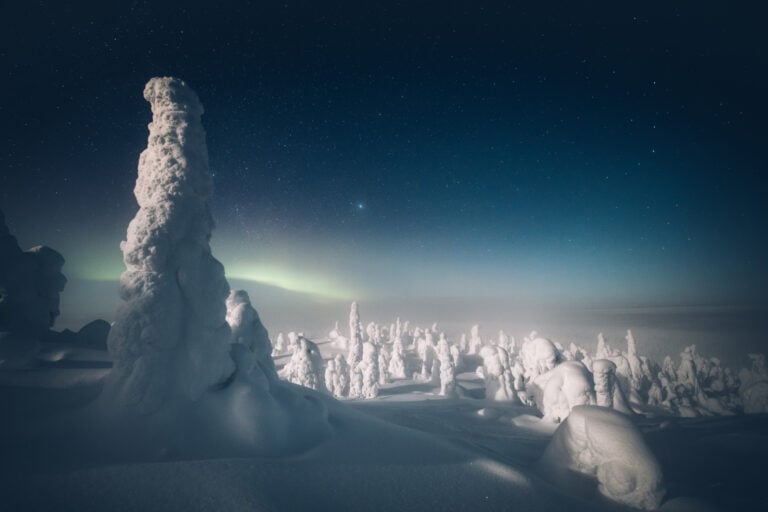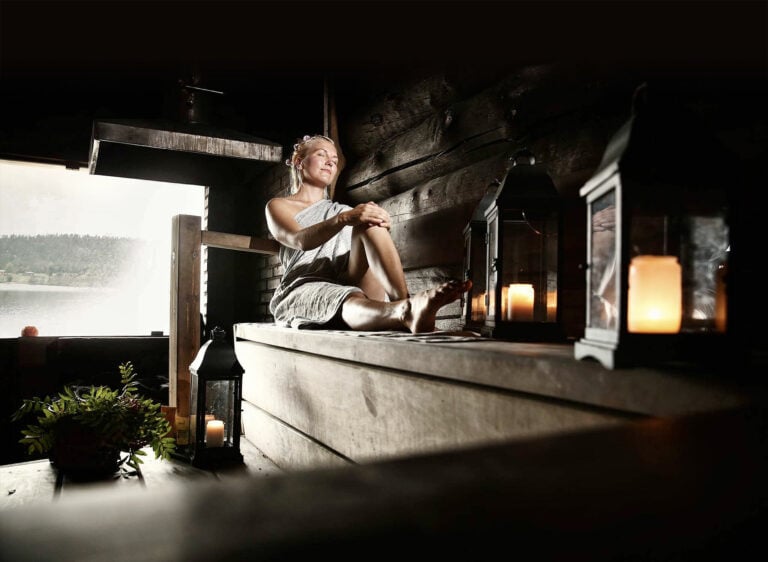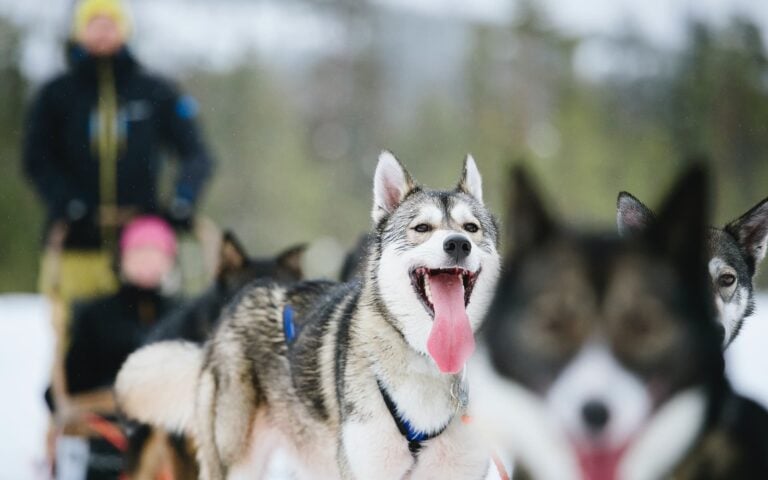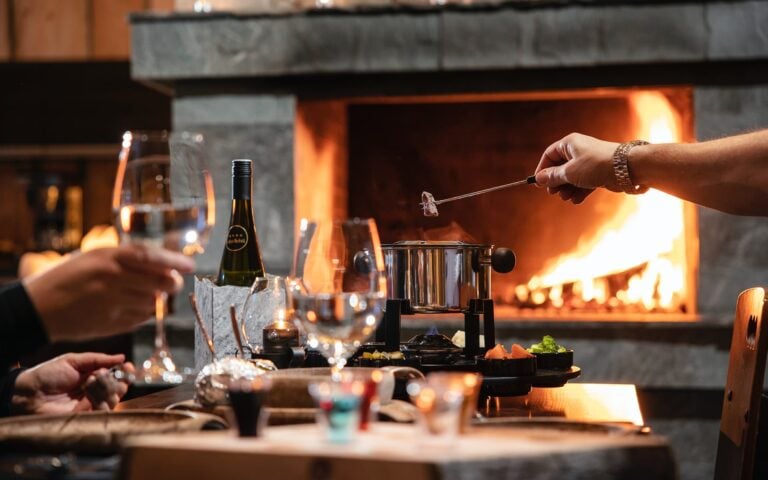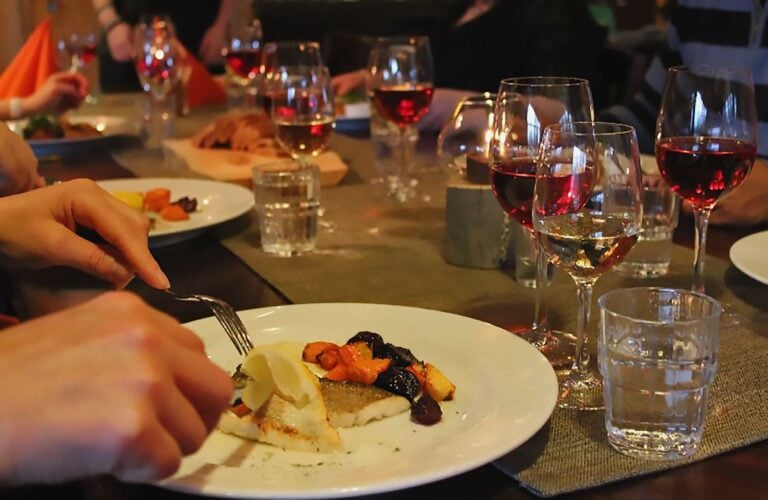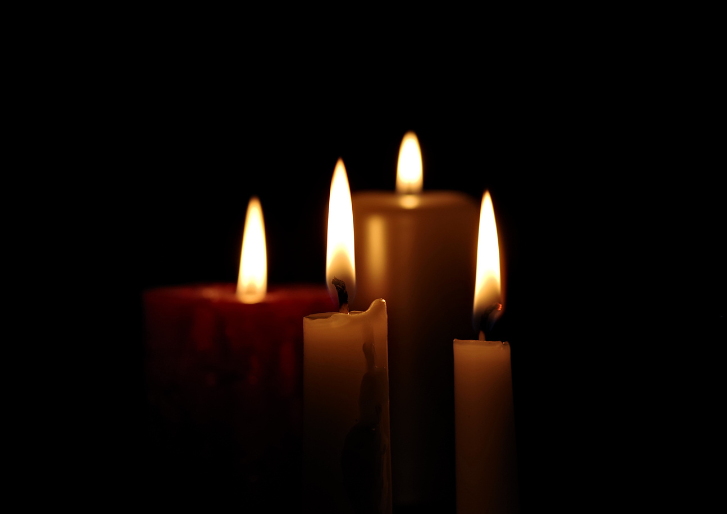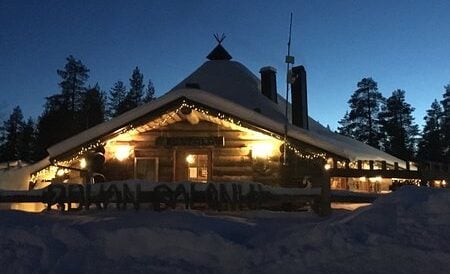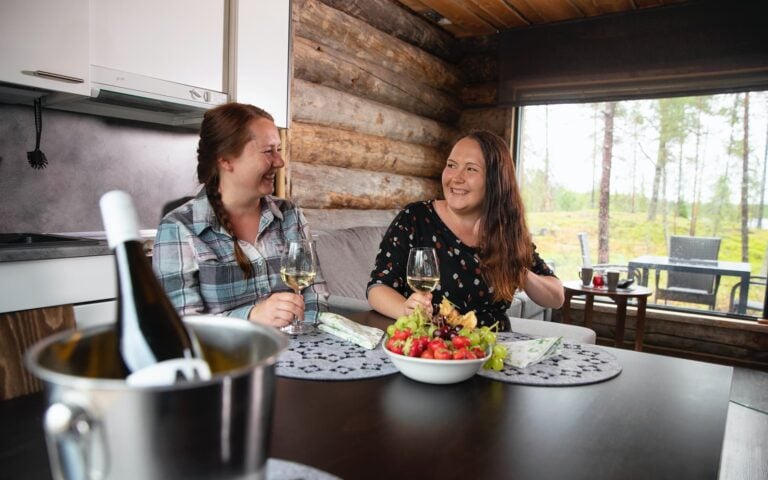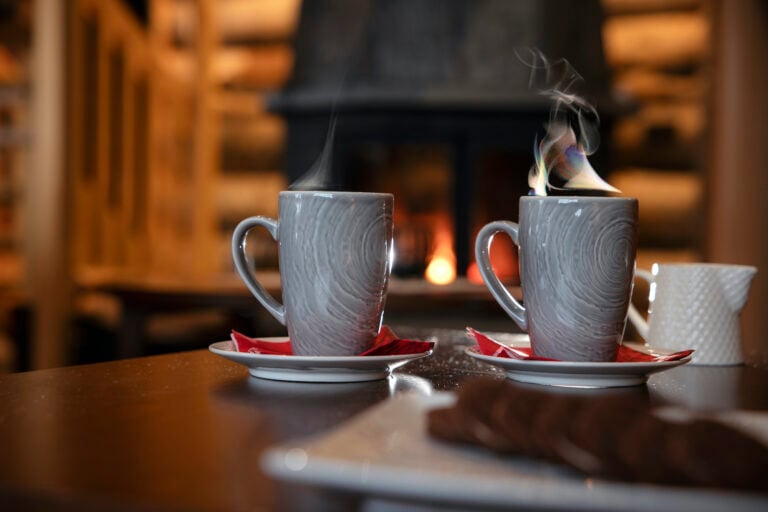What should you wear when hunting northern lights in Finland?
When hunting northern lights in Finland, you need a comprehensive layering system including moisture-wicking base layers, insulating middle layers, and windproof outer shells. Essential items include insulated boots, thermal gloves, warm hats, and face protection to withstand temperatures that can drop below -30°C during extended aurora viewing sessions.
Essential clothing for northern lights hunting in Finland
Proper clothing is absolutely critical for northern lights viewing in Finland’s harsh winter conditions. The difference between a magical aurora experience and a miserable, potentially dangerous situation often comes down to what you’re wearing.
Finland’s Lapland region, particularly around destinations like Ruka, experiences extreme winter temperatures that can plummet to -40°C or lower. During northern lights hunting, you’ll be standing relatively still for extended periods, which makes your body more susceptible to heat loss. Hypothermia and frostbite are real risks that proper clothing helps prevent.
The key to successful aurora borealis clothing Finland experiences lies in understanding that you’re not just dressing for cold weather, but for prolonged exposure to extreme conditions whilst remaining relatively stationary. This requires a strategic approach to layering and gear selection that goes beyond typical winter wear.
What are the essential layers for northern lights viewing?
The three-layer system forms the foundation of effective northern lights Finland clothing. This system includes a moisture-wicking base layer, an insulating middle layer, and a protective outer shell that work together to regulate body temperature and protect against the elements.
Your base layer should be made from merino wool or synthetic materials that wick moisture away from your skin. Avoid cotton entirely, as it retains moisture and loses insulating properties when wet. This layer should fit snugly against your skin without being restrictive.
The insulating layer provides warmth through trapped air. Fleece, down, or synthetic insulation work well for this middle layer. Down offers excellent warmth-to-weight ratio but loses effectiveness when wet, whilst synthetic materials maintain insulation properties even in damp conditions.
Your outer shell must be both windproof and waterproof. Arctic winds can dramatically increase heat loss through the wind chill effect. Look for jackets and trousers with sealed seams, adjustable hoods, and ventilation zippers that allow you to regulate temperature during more active moments.
How do you protect your extremities during aurora hunting?
Extremities lose heat rapidly in cold conditions, making proper protection of hands, feet, and head essential for comfortable northern lights viewing. These areas are particularly vulnerable to frostbite during extended outdoor exposure.
For your hands, use a layering system with thin liner gloves underneath insulated mittens. Mittens keep fingers warmer than gloves by allowing them to share heat. Choose mittens with removable liners for photography needs whilst maintaining hand warmth between shots.
Feet require particular attention as they’re in contact with cold ground. Wear moisture-wicking sock liners under thick wool socks, and ensure your boots are rated for extreme cold temperatures. Insulated, waterproof boots with good traction are essential for safety on icy surfaces.
Head protection should include a warm hat that covers your ears, and consider a balaclava or face mask for additional protection. Up to 40% of body heat can be lost through an uncovered head, making this protection crucial for maintaining overall body temperature during aurora hunting sessions.
What specific gear do you need for northern lights photography?
Northern lights photography requires specialised clothing considerations beyond basic warmth. You need gear that allows equipment operation whilst maintaining protection from extreme cold, plus additional items to protect your camera gear.
Photography-specific clothing should include mittens with removable fingertips or photographer’s gloves that allow precise camera control. Hand warmers are essential for maintaining dexterity during longer shooting sessions. Consider gloves with touchscreen compatibility for modern camera interfaces.
Your camera equipment needs protection from condensation when moving between warm and cold environments. Waterproof camera covers and lens hoods help protect against snow and moisture. Extra batteries are crucial as cold weather dramatically reduces battery life.
Tripod handling in extreme cold requires gloves with good grip. Metal tripod legs can cause frostbite on bare skin, so ensure your gloves provide adequate protection whilst allowing you to adjust camera settings effectively.
How does Rukan Salonki prepare guests for northern lights experiences?
We provide comprehensive support for international tourists unfamiliar with Arctic conditions, ensuring guests are properly equipped for safe and comfortable aurora viewing experiences. Our location offers optimal viewing conditions with expert guidance on what to wear northern lights hunting.
Our team offers detailed briefings on appropriate Lapland winter wear, including gear recommendations and layering strategies specific to local conditions. We can arrange equipment rentals for guests who haven’t brought suitable clothing, ensuring everyone has access to proper northern lights viewing attire.
The resort’s lakeside location provides excellent aurora viewing opportunities right from the property, reducing travel time in extreme conditions. Our guided northern lights experiences include professional instruction on staying warm and safe during extended viewing sessions.
We also offer comfortable accommodation that serves as the perfect base for aurora hunting adventures, with warm spaces to retreat to between viewing sessions and proper facilities for drying and storing winter gear.
Key takeaways for successful northern lights hunting attire
Successful aurora hunting clothing combines proper layering, quality materials, and attention to extremity protection. The investment in appropriate gear transforms northern lights viewing from an endurance test into a comfortable, memorable experience.
Remember that preparation is paramount. Test your clothing system before your trip, ensure all gear fits properly with layers, and pack backup items for critical pieces like gloves and socks. Quality gear may cost more initially but provides better protection and durability.
The layering system allows for temperature regulation as conditions change throughout the evening. Weather in Lapland can shift rapidly, and your clothing system should adapt accordingly. Always err on the side of being too warm rather than too cold.
Consider booking comprehensive northern lights packages that include gear guidance and support. Professional outfitters understand local conditions and can provide valuable advice on aurora borealis clothing Finland requirements.
For those planning their northern lights adventure, proper preparation ensures you’ll be comfortable enough to fully appreciate the magic of the aurora borealis. Book your northern lights experience with confidence, knowing that proper attire will enhance rather than hinder your arctic adventure.





